Many know Xanthi only from its carnival, which is the second most popular in Greece after that of Patra, but the "Lady of Thrace" has much more to offer. Picturesque alleys in the old town, unique natural images from Nestos and delicious gastronomic moments that will remain unforgettable.
A few words about the city
Xanthi is located in Thrace and is the capital of the homonymous Regional Unit and the seat of the homonymous Municipality. It is amphitheatrically built on the outskirts of the Rhodope Mountains, while it flows through the Kosynthos River. The name of the city seems to be derived from the daughter of Oceanus and Tethys, while a second version refers to an Amazon who reigned in the area at the time. Today, it has 56,122 inhabitants in the town, being the second largest in Thrace, after Alexandroupolis and the twelfth in the whole of Greece. It also holds the nicknames "the city with a thousand colors" and "Lady of Thrace", while finally it is famous for its carnival, which competes deservedly with that of Patra. Let's meet it.
10) Archaeological Site of Abdera
About 26 km outside the city of Xanthi, in Cape Bouloustra we find the archaeological site of Abdera. In antiquity, Abdera, due to its privileged position, was one of the most significant cities of the North Aegean. Of course, the course of the colony was declining, not only due to the conflicts of the inhabitants with the Thracians, but mainly due to the bad climatic conditions. It is characteristic that most of the tombs of this period belong to infants, which led archaeologists to the conclusion that the first settlers were seriously at risk from malaria, which is also evidenced by the study of skeletal material. From this first archaic city (7th century BC) only part of the wall and one residence have been excavated, while the Acropolis of the ancient town, the northern and southern precincts, as well as the cemeteries are still preserved.
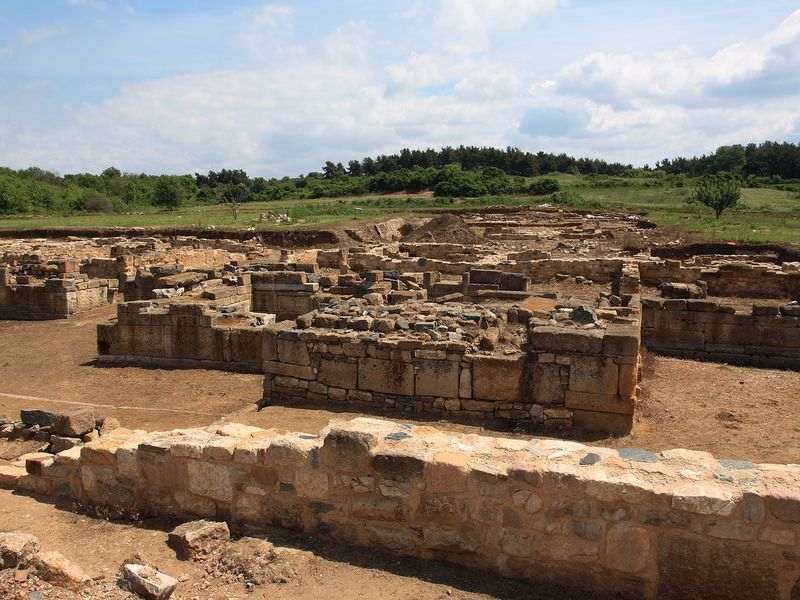
9) Pomakochoria
In Xanthi and generally throughout Northern Thrace there are several villages with Pomak population, known to everyone as Pomakochoria. The Pomaks are a Muslim population group who live in this area and speak a dialect of the Bulgarian language. Due to the mountainous character of the area, but also the problems of minority education, Pomakochoria are quite isolated and have preserved their picturesque character, the traditional architecture of the houses and the special culture of the locals. The most representative Pomak villages of Xanthi are Kentavros, Glavki, Oraio, Kotyli, Satres and Thermes.
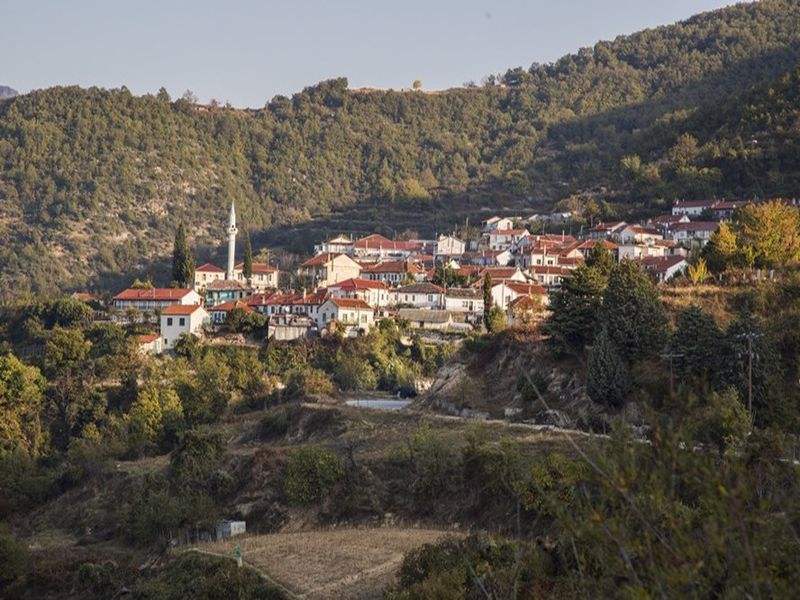
8) Leivaditis Waterfall (Trachoniou)
This waterfall is the largest in the Balkans and is naturally located in the homonymous village, Leivaditis, about two hours from the city of Xanthi. The approach is quite passable, since the visitor will need to walk just 300 meters from where he stops by car! The path that will lead you to the waterfall is drowned in beeches, maples, hedges and linden trees creating the feeling of an earthly paradise. And at the end of the trail, a miracle of nature. The waters of the waterfall plummet from a height of about 60 meters with a tremendous splash, giving rich vegetation in the fissures of the rocks. According to popular tradition, the "kalokyrades" (fairies) bathed in the waters of Leivaditis, in its caves, in stone looms, the gossamer fairy gnema, while there danced in the Dionysian rhythms, the satyrs. In these primeval forests echoed the songs of Orpheus, son of The Muse Calliope and the god Apollo, who bewitched gods and men with his guitar. In winter several times the waterfall freezes and the suspended crystals break with a deafening noise, when the first warm days of spring catch on. Around the waterfall there are suitable spaces that help visitors to enjoy the spectacle without risks.
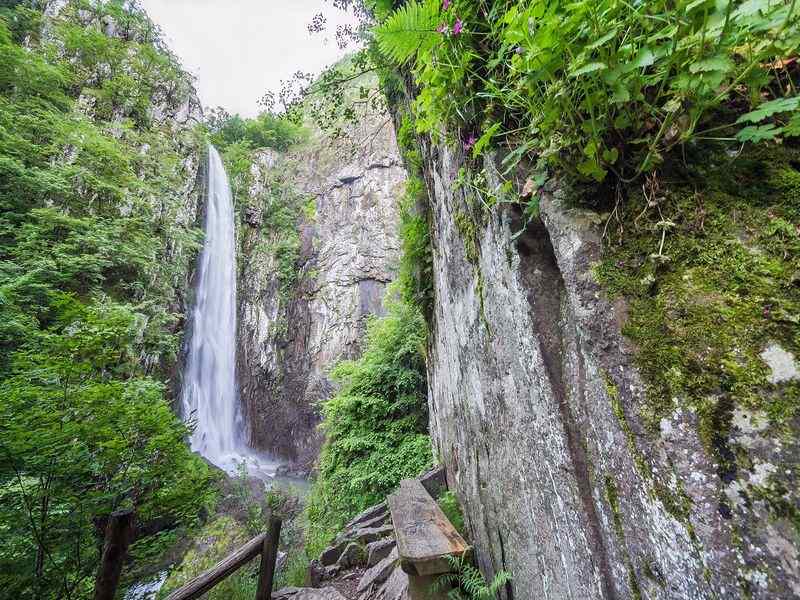
7) Monasteries
It is widely known that both the city of Xanthi and the wider metropolitan area and its villages are famous for their religious tradition and for the objects of ecclesiastical art and architecture that adorn their temples. But four are the most historic monasteries of Xanthi, which are located peripheral to the urban center and form an imaginary cross that according to tradition protects the city from disasters, earthquakes and any other kind of damage. I refer, of course, to the Monastery of Panagia Archangeliotissa, the Monastery of Panagia Kalamos, the Monastery of Taxiarches and the Monastery of Saint Nicholas. All four are beautiful and can be visited, while the Monastery of Panagia Archangeliotissa operates an ecclesiastical Museum, in which a significant number of relics from all the parishes and monasteries of the metropolis of Xanthi are exhibited. Ultimately, if you wish you can visit the modern Monastery of Saint Irene and a number of churches of the old town, some of which date back to 1834!
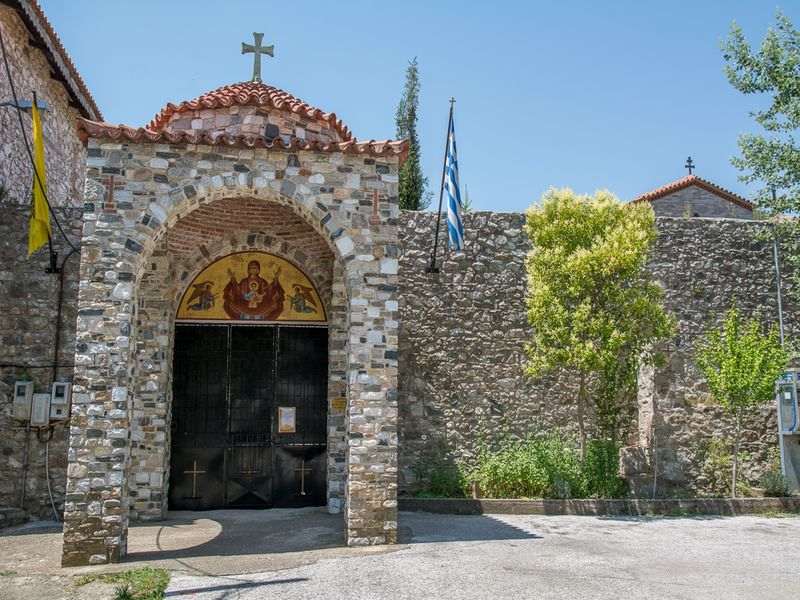
6) Τobacco warehouses
Tobacco warehouses are inextricably linked to Xanthi.They were constructed by Epirotian and West Macedonian craftsmen until 1912 and were the center of business activity of the city for many years. It is estimated that there are more than 57 such buildings in the city, most of which are abandoned. In recent years there has been an effort to exploit tobacco warehouses, with many being converted into cultural centers, workshops and storage areas! Some of these are already used, such as the one at 12 Apostolon Street, which houses the Academy of Thracian art and tradition, as well as the tobacco warehouse at Democritus and Tobacco Workers streets, which hosts the elderly employment center of the municipality of Xanthi. Another cluster of P-shaped tobacco warehouses in Kapnergates street hosts outdoor music festivals as well as the headquarters of the super-prefecture of Drama-Kavala-Xanthi, while finally the one opposite the Indoor Stadium "Amoiridio", the tobacco Museum!
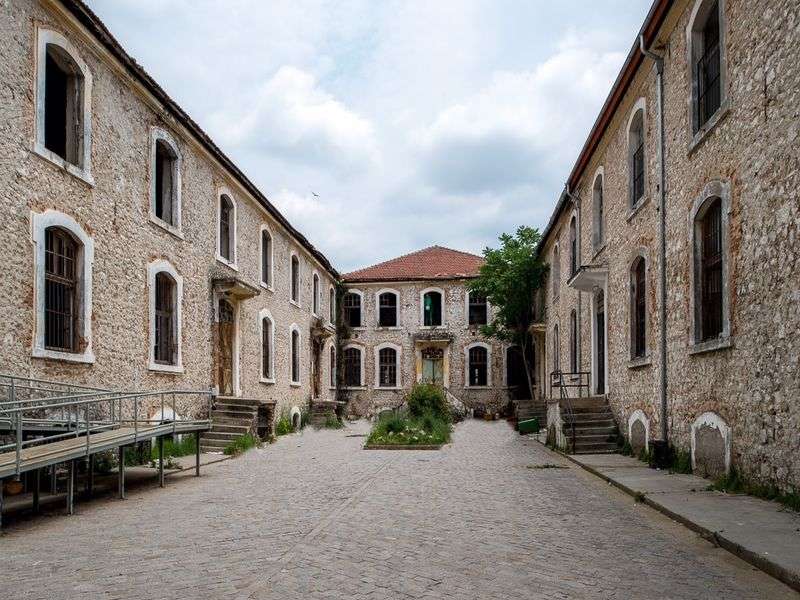
5) Museums
In Xanthi there are many interesting museums and art spaces that will attract your attention. In my opinion, it is worth starting from the Municipal Art Gallery, housed in a mansion of the last century and inside mainly works of painters of the city are exhibited. Of particular interest is also the Folklore Museum, housed in two two-storey buildings, dating from about 1870! There you will observe the historical and social development that took place in Xanthi in the last centuries, as well as learn about the daily habits of the inhabitants of the past and you will be able to process utilitarian objects and tools no longer used. Also, do not miss a visit to the foundation of Thracian art and tradition and the Museum of Natural History, and finally for something different the House of shadow.

4) Bazaar
The history of the Bazaar of Xanthi is lost in the years of the Ottoman period, with the first references being found in the 15th century! In fact, according to these reports, the structural elements of the bazaar seem to have remained intact. It is one of the most important areas for the development of outdoor commercial activity in Northern Greece, attracting thousands of visitors annually. There you will find fruit and vegetable products, all kinds of food, carpets, blankets, clothing and footwear, household items and toys. The colorful mosaic is complemented by the constant presence of local residents, but also of tourists who flock from all over Greece and abroad every Saturday, justifying and maintaining the legend surrounding the unique atmosphere of this particular bazaar.
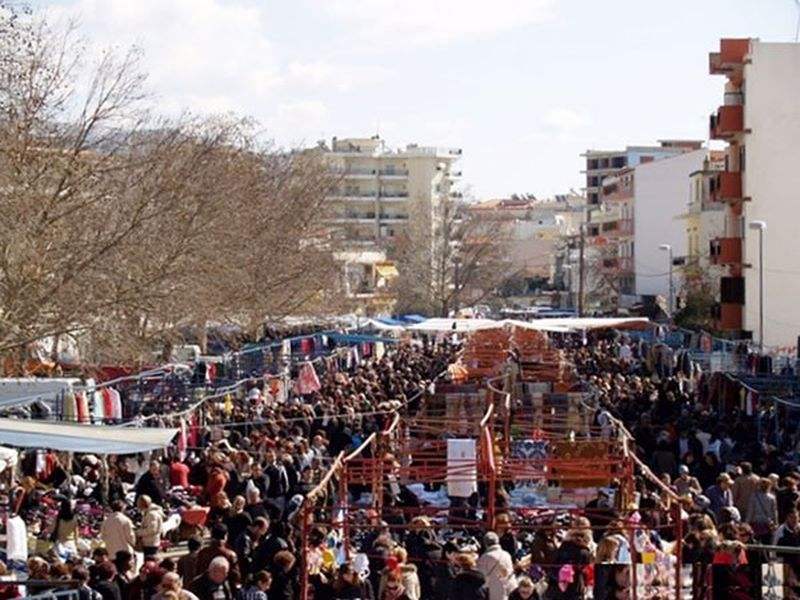
3) Nestos
Just 12 kilometers from the city center is located one of the most beautiful natural landscapes of northern Greece. I am referring, of course, to the environment of the Nestos River. The verdant banks of the fifth largest river in Greece and the steep rocks that plunge steeply into its waters create a unique scenery, which in combination with the absence of human activity noises turn the place into an ideal destination of rest and tranquility. In the wider area of the river, you will also find many picturesque villages, such as Stavroupoli, Galini, Toxotes and Leivaditis, traditional arched bridges and walking routes that are definitely worth exploring. The best way to discover Nestos is through rafting. It is no coincidence that this place attracts thousands of fans of extreme sports throughout the year. So if you are a fan of the sport, with the help of a tourist office or club active in the area, you will be able to go climbing and canoeing along the river.
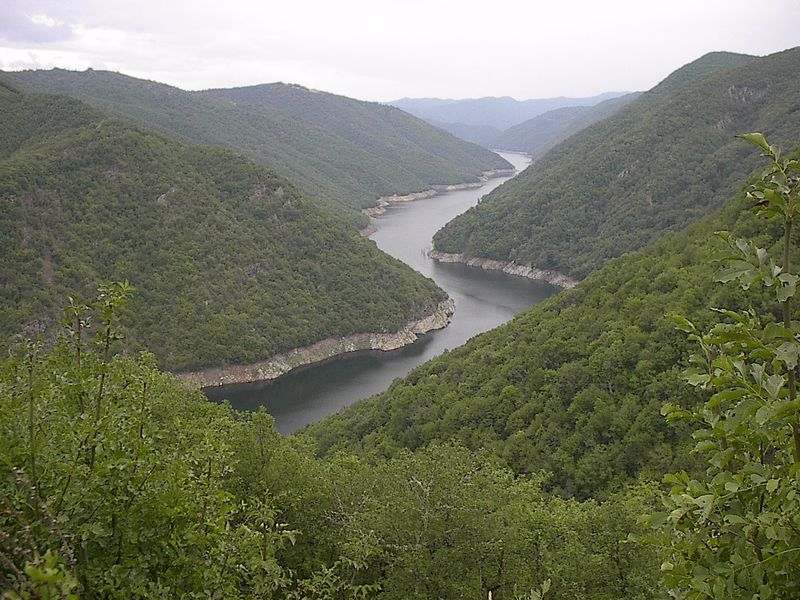
2) Clock Tower
A hallmark of Xanthi is the clock tower located in the central square of the city, the Republic Square. According to historians it seems that it was erected in 1870 and was part of the "market Mosque" until 1941 when it was destroyed by fire. The tower has a height of 20.5 meters and is built based on the Neo-Byzantine architecture. A marble inscription in Arabic was preserved on its top but was destroyed during the junta period in retaliation for the removal of signs of Greek schools in Istanbul. It is fascinating that in 1972 it was decided to demolish the tower, but in the end this was prevented after the intervention of the Mufti of Xanthi and as a result it stands imperious to this day.
1) Old Town
The decision on the number one on this list was not difficult at all, since the old town of Xanthi is undoubtedly the most charming part of the city. During the period of Ottoman rule in most cities it was customary to revolve around a religious center (church, mosque, and synagogue). As you can easily see, this multiculturalism of the West and the East has bequeathed us buildings of special architectural interest. It is one of the largest traditional settlements of our country and a lively open-air museum with narrow cobbled streets, well-preserved mansions, many of which have even been converted into folklore museums or galleries, traditional taverns and modern cafes. In fact, every year in the first week of September, the old town celebrations of Xanthi are organized there. On those days the whole city becomes one and feasts endlessly with live music, plenty of food and lots of alcohol.
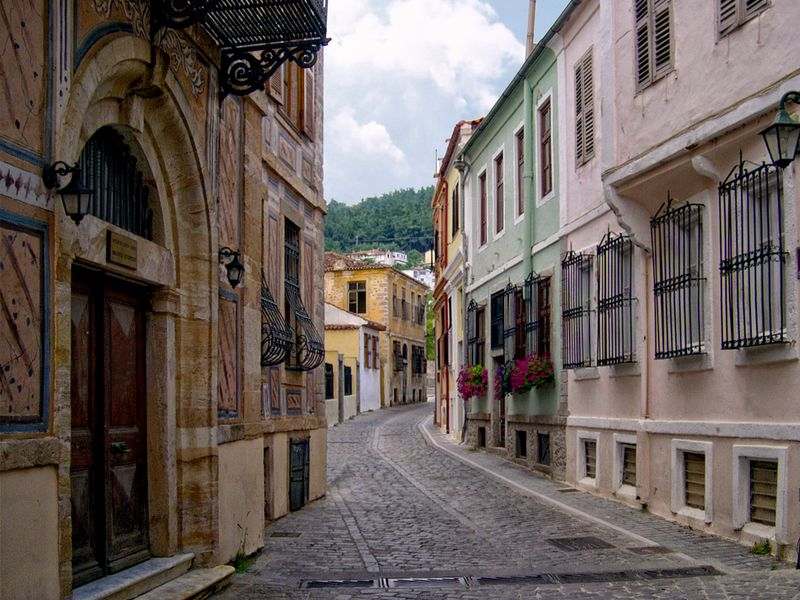
How to go
You can go to Xanthi in several ways. Initially, you can approach the city by road, either by your own means of transport Via Egnatia Street or by a bus. You can also use a train, since there are daily routes from Athens and Thessaloniki. Finally, one can arrive by air. The airport serving the prefecture of Xanthi is called "Alexander the Great" and is located in Chrysoupoli Kavala southwest of Xanthi at a distance of 35 km from the city of Xanthi.
What to eat
It is a common secret that in Xanthi you will eat very well, especially if you are a meat lover, as the Thracian cuisine will fully compensate you. Some of its most famous and characteristic dishes are soutzoukakia, tzigerosarmades, yogurt kebab, beef, goat and of course the traditional pies. For the best soutzoukakia in the city, visit Dia Xeiros Sotiris, for excellent local flavors in the city, Mezebar, Fanarakia and Xanthippi, while for outside the city I recommend Folia tou Peteinou in the village of the same name and Pilima, which is on the mountain and offers an incredible view. From sweets, don't forget to try soutzouk loukoum, seker pare, syrupy sweets and kariokes from Paparaskevas. You will find quality local sweets in Byzantio and Glykia Gonia. Plus, for coffee and breakfast I recommend Tyflomyga, Ble, Kipos, Paradosiakos Xylofournos and Psomi and Sokolata, while for nightlife Mikro for cocktails and Kiverneio.
If this article seemed interesting or contributed to your quality information, then you can like my facebook page: o_thessalonikios or follow me on instagram!
Mouzakidis Pantelis

